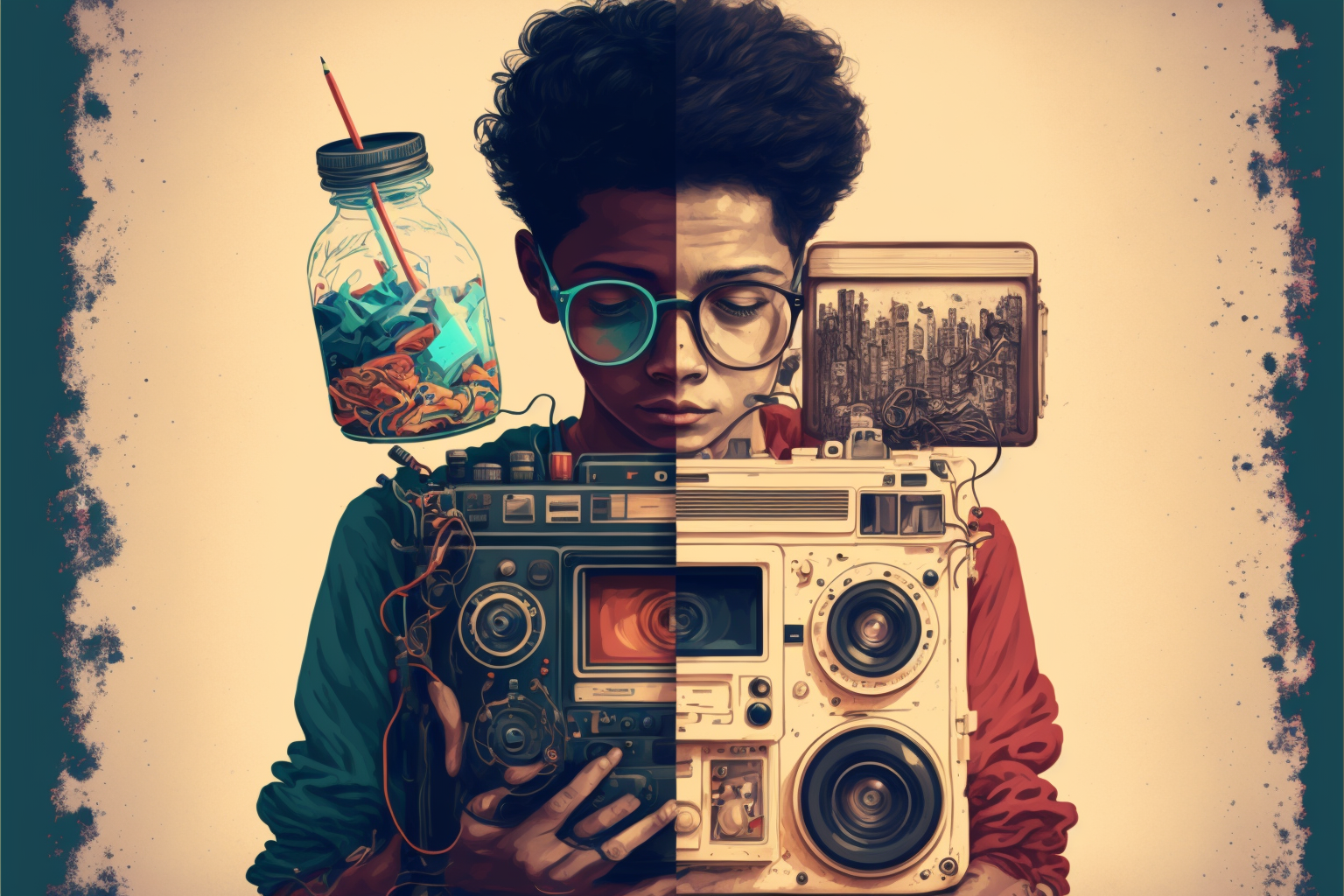Digital has become a ubiquitous term in our daily lives and it refers to anything that is electronic or computerized. In the context of computer systems and networks, digital refers to the encoding of information in binary digits (bits), which can occupy only two distinct states (1 or 0). The advent of the digital age can be traced back to the first digital computer, the ENIAC, which appeared in 1945 and was later revolutionized by Claude Shannon’s “A Mathematical Theory of Communication” in 1948. Shannon theorized that the fundamental information content of any message could be represented by a stream of 1s and 0s.
Digital information streams (encoded as bits) have several distinct advantages over analog signals, including easier replication, improved efficiency in transportation of digital information, and increased security. Angela Haas (DigiRhet.net, 2005) notes that digital also refers to our fingers, our digits, which are the primary ways we make sense of the world and with which we write into the world. In this sense, all writing is digital and this connects the term digital to the material production of texts.
Historically, written communication that was executed with the use of fingers and codes, such as the Mesopotamian Cuneiform, Chinese logograms, and Aztec codices, constitutes the first artifacts of scientific and technological developments, hence the origins of technical communication, visual rhetoric, and digital rhetoric. Lev Manovich (2001) in “The Language of New Media” argues against using “digital” as the feature that distinguishes new media from old, declaring the significance of the digital to be a “myth.” However, his technical approach does not consider the power of “digital” as an organizing principle.
The digital, in a sense, represents both simulacra and fissure as it can be simultaneously instantiated as both particle and wave. Digital work (and digitized work) can be articulated and rearticulated, reshaped, or recreated as nearly perfect copies, but digital work is also composed of discrete bits which can be susceptible to fragmentation. The digital is an apt metaphor for the postmodern, representing both cohesion and fissure.
In conclusion, the digital rhetoric of written communication is a complex and multi-layered phenomenon that encompasses both the affordances and constraints of digitality. The digital is both a product and a catalyst of scientific and technological advancements and it is through digital media and practices that we can extend the power of rhetoric to digital communication.





Leave a Reply